美国律师协会
《ABA杂志》
推荐的西方文学中
最优秀的25部法律小说
中国政法大学 张立新 整理

25
The Ox-Bow Incident
by Walter Van Tilburg Clark
(1940)
《黄牛惨案》
This meticulous study of the lynching of three innocent men in a Western town drew yawning reviews when first published. Its cynical view of an über-masculine sense of justice played poorly to an American audience still locked in a romance with its frontier past. Over time, however, critics have come to recognize Clark’s uncompromising view of mob justice as a work of genius.
Note: Director William Wellman’s 1943 film version of the novel got an Oscar nomination for best picture, but it was not nominated in any other category.
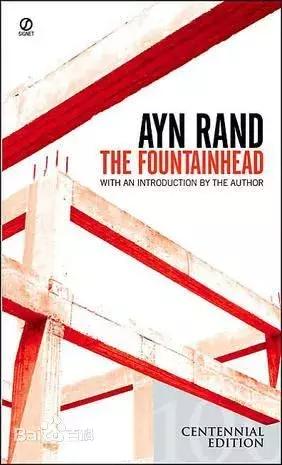
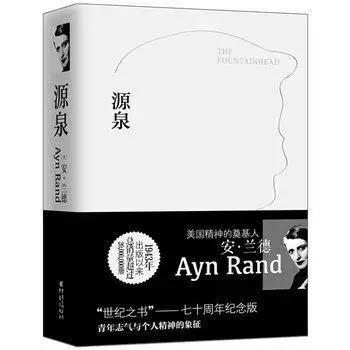
24
The Fountainhead
by Ayn Rand
(1943)
《源泉》
Whether viewed as a work of philosophical genius or a crashing, narcissistic bore, there seems no middle ground for this investigation into the proper role of the intellectual in a world of ―second handers.‖ In the book’s pivotal trial, an architect who has chosen to destroy the building he designed wins his own acquittal by describing to a jury the value to society of a healthy ego. Whether you hate it or love it, The Fountainhead is an important literary work.
Note: Based partly on a screenplay Rand wrote for Cecil B. DeMille, the book was originally titled Second-Hand Lives.
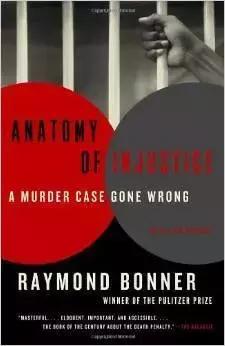
23
Anatomy of a Murder
by Robert Traver
(1958)
《桃色血案》
A former district attorney in rural Michigan opens his defense practice by taking on a foul-tempered client accused of murder. The book, which became an Otto Preminger film, sizzles with courtroom confrontations grounded in the nuances of real-life trials.
Note: Traver was the pen name of John D. Voelker, a justice of the Michigan Supreme Court.

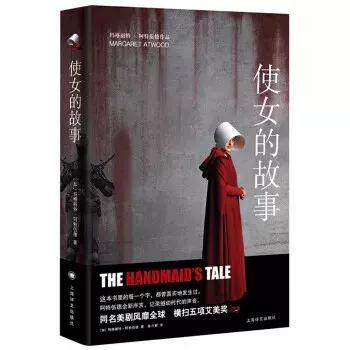
22
The Handmaid's Tale
by Margaret Atwood
(1985)
《使女的故事》
Set in Gilead, a dystopian nation once known as the United States, Atwood’s best-seller explores an overthrow of the Constitution in favor of a Christian theocracy that results in a wholesale reversal of women’s rights. Women are forbidden to read or write or vote. And although the darkest fears presented by Atwood have proved unfounded by the decades since it was published—during the prime ascendancy of the Christian Right in national politics—the book’s fundamental apprehensions could be applied to a more global context.
Note: Atwood is Canadian, and The Handmaid’s Tale was short-listed for the 1986 Booker Prize.
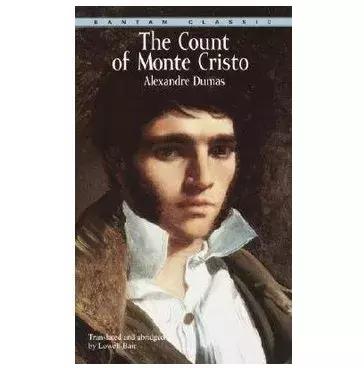
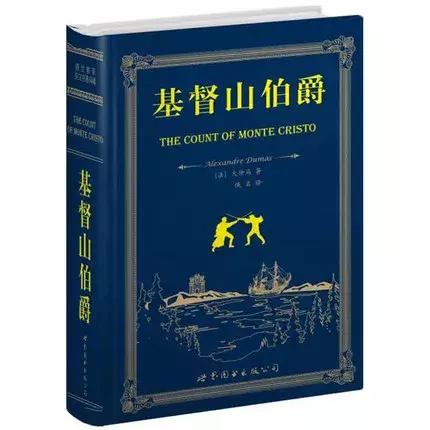
21
The Count of Monte Cristo
by Alexandre Dumas
(1844)
《基督山伯爵》
In this long-cherished tale of post-Napoleonic intrigue, Edmond Dant鑣 is wrongly convicted of a politically inspired charge of treason. Condemned to prison for life, he escapes to the island of Monte Cristo, where a new identity and a found treasure allow him a chance to extract his revenge.
Note: Dumas acknowledged that he based the complicated plot on the real-life story of Fran鏾is Picaud, a Parisian shoemaker whose story of imprisonment and revenge was discovered by Dumas in police files. Dumas wrote the book in collaboration with Auguste Maquet.
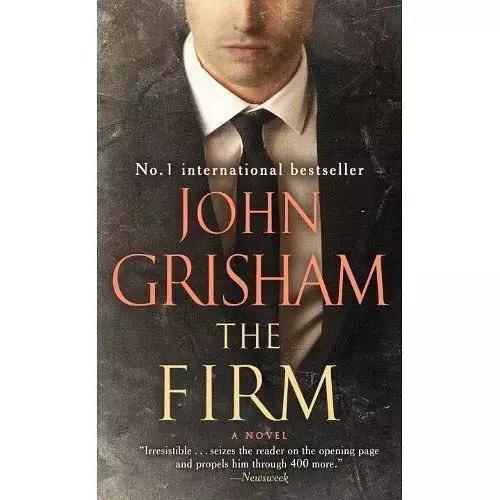
20
The Firm
by John Grisham
(1991)
《陷阱》
Mitch McDeere is recruited to a job almost any associate would kill for: a high-paying gig that comes with a cut-rate mortgage and a BMW. He soon discovers that he’s actually working for a crime family, and that the accidental deaths of lawyers who preceded him weren’t accidental at all.
Note: This was Grisham’s second novel after A Time To Kill, and his first blockbuster. In 2011, author John Grisham received the inaugural Harper Lee Prize for Legal Fiction for his book The Confession
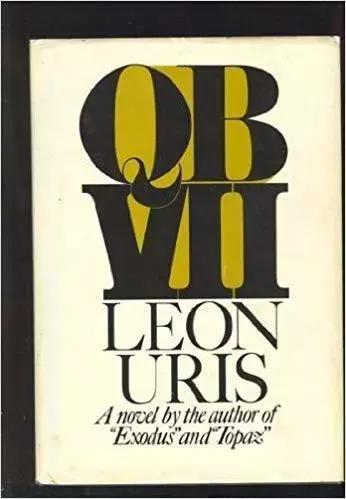
19
QB VII
by Leon Uris
(1970)
《七号皇庭》
This sprawling novel of post-Nazi justice explores a charge of libel brought in a London court by a Polish doctor. The doctor, Adam Kelno, is a naturalized British citizen who stands accused of collaborating with the Nazis during World War II. Kelno sues because writer Abraham Cady has accused him of performing thousands of operations on concentration camp prisoners. The truth proves different, but no less disturbing. And the jury’s decision bears out Cady’s prediction that both sides will lose.
Note: The novel is based loosely on a libel action brought against Uris himself by a Polish physician who worked at Auschwitz.
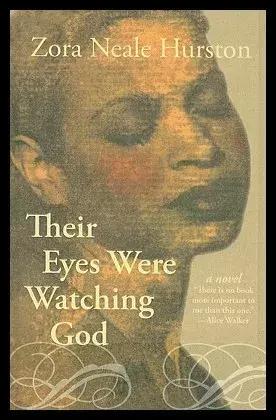
18
Their Eyes Were Watching God
by Zora Neale Hurston
(1937)
《凝望上帝》
This groundbreaking novel, first published in 1937, chronicles the rise of a young African-American woman—the granddaughter of a slave—and her struggle to establish control over her choices in life. At the center of the novel is a charge that she murdered her estranged husband. The novel, written in dialect, explores the turbulence of a sexuality and human identity repeatedly defined by men.
Note: The book was originally condemned by many mainstream African-American critics, but became recognized over time as a literary masterpiece. In 2005, Time recognized it as one the great books written in the English language since 1923 (the year Time began publishing).
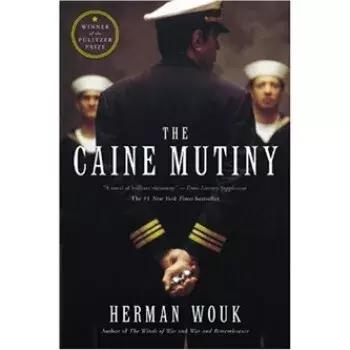
17
The Caine Mutiny
by Herman Wouk
(1951)
《叛舰凯恩号》
Wouk’s novel of honor, cynicism and moral judgment during a time of war is better remembered for the film treatment, which starred Humphrey Bogart as Philip Francis Queeg, the beleaguered and oft-bewildered captain of a World War II minesweeper. But even in print, the mutiny and subsequent court-martial is a masterpiece of human drama set inside a legal proceeding.
Note: The Caine Mutiny not only displaced From Here to Eternity on the New York Times best-seller list but also won the 1952 Pulitzer Prize for fiction.

16
A Time to Kill
by John Grisham
(1989)
《杀戮时刻》
This is Grisham’s first novel and, many critics believe, his best. It is a deceptively complicated, character-driven novel set against a simple act of revenge. Grisham almost single-handedly created the legal thriller genre with the 1991 publication of The Firm, but the real-life case upon which A Time to Kill is based prompted him to write novels in the first place.
Note: The book reflected Grisham’s complicated justification of the death penalty at the time. He has since become a vigorous opponent of capital punishment.
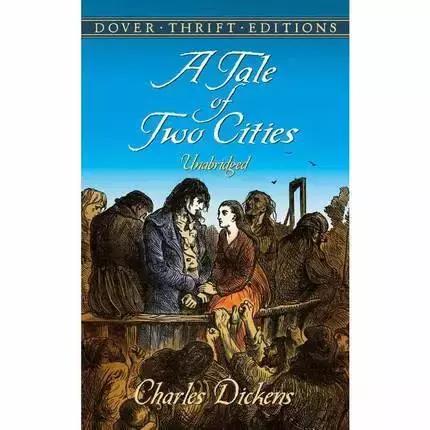
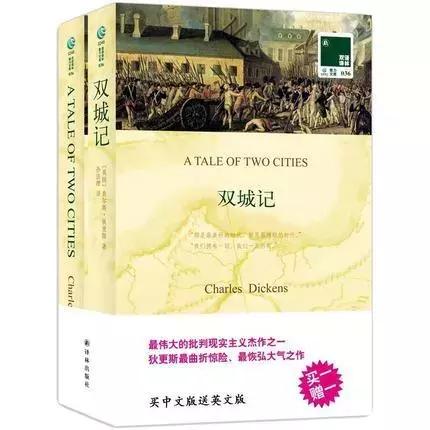
15
A Tale of Two Cities
by Charles Dickens
(1859)
《双城记》
At the end of this labyrinthine, 45-chapter saga, A Tale of Two Cities is, at its core, a tale of one lawyer. Barrister Sydney Carton is a cynical alcoholic whose life takes a dramatic turn when he falls in love. Carton’s friendship with Charles Darnay—a prisoner he is defending—and his subsequent sacrifice at a French guillotine, is set into motion by Carton’s presence, as a law clerk, at the Old Bailey during Darnay’s trial for treason. Their remarkable resemblance is instrumental in Darnay’s release.
Note: Dickens was inspired to write A Tale of Two Cities while acting in a play written by his close friend Wilkie Collins.
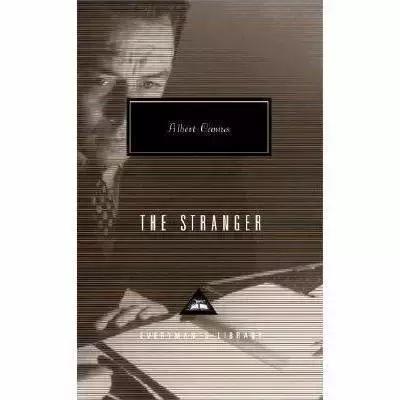
14
The Stranger
by Albert Camus
(1942)
《陌生人》
Set in French Algeria, this absurdist novel revolves around the murder trial of its principal character, known only as Meursault. When Meursault is imprisoned for the murder in the desert of an unnamed Arab man, his lack of emotion is interpreted as a lack of remorse and he is condemned to the guillotine. But facing death, he finds himself oddly comforted by the simple fact of his own life.
Note: Camus, a former journalist and French resistance fighter, won the Nobel Prize for Literature in 1957.

13
Native Son
by Richard Wright
(1940)
《本地人》
This gripping, angry novel presents the case of Bigger Thomas, a young Chicago black man whose discomfort with whites drives him deeper and deeper into trouble for reasons he cannot seem to explain. When he takes a live-in job with a wealthy white family, his life is overtaken by a series of circumstances that ends with him condemned to death for two murders.
Note: Native Son—Wright’s first novel—was based on the real-life case of Robert Nixon, who was executed for murder in 1938.
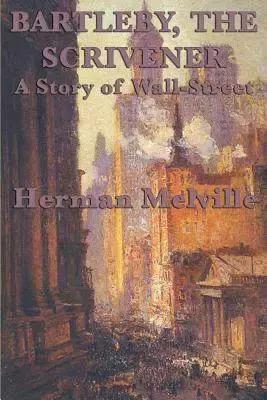
12
Bartleby the Scrivener: A Story of Wall Street
by Herman Melville
(1853)
《刺刀侠巴特比:华尔街的故事》
This novel, actually a long short story, tells the tale of a young copyist whose addition to a small Manhattan law office becomes a saga of inaction and a very slow, perplexing death. Bartleby, though not a lawyer, has become the patron antihero of every lawyer stuck in the cycle of due diligence and contract legal work.
Note: Bartleby was originally published in two parts in Putnam’s Magazine

11
The Paper Chase
by John Jay Osborn Jr.
(1971)
《力争上游》
This iconic law novel made law school sexy and fictional law professor Charles W. Kingsfield Jr. a household name. The real star, however, is the Socratic method, presented for the first time to a popular audience.
Note: Osborn published the novel in 1971, the year after he graduated from Harvard Law School.
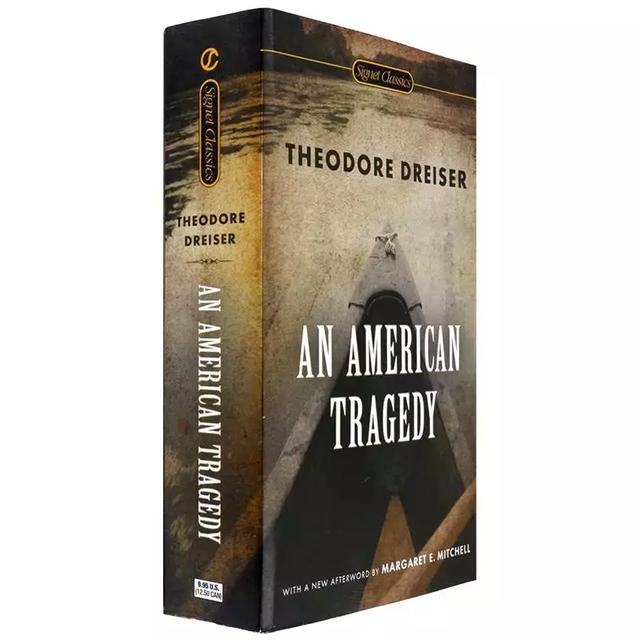

10
An American Tragedy
by Theodore Dreiser
(1925)
《美国悲剧》
This fictionalization of a real-life murder in the Adirondacks pits a young man of limited means against his own dreams of social acceptance among the wealthy. After a child’s accidental death, Clyde Griffiths flees the Midwest to fictional Lycurgus, N.Y., to become a middle manager in his uncle’s shirt factory. He is accused of murdering his pregnant girlfriend to preserve his chances with the charming daughter of a local blue blood. The truth, however, is more complicated than that.
Note: Dreiser’s thinly veiled broadside against the materialism of the Roaring ’20s was published the same year as F. Scott Fitzgerald’s The Great Gatsby.
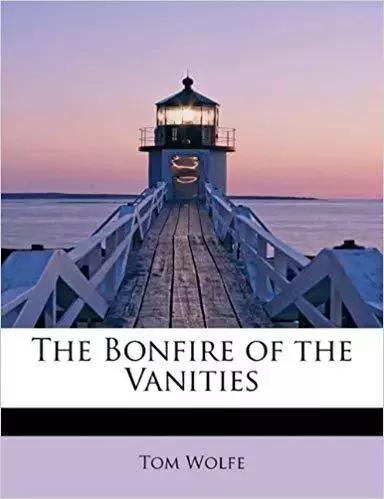
9
The Bonfire of the Vanities
by Tom Wolfe
(1987)
《夜都迷情》
Sherman McCoy, a bond trader and self-styled ―Master of the Universe,‖ watches helplessly as his life unravels after a hit-and-run accident in the Bronx, caused by his panicky mistress. All of the characters from the ’80s are here—imperious judge, ambitious prosecutor, alcoholic journalist, community activist and patronizing white liberals—roiling in the decade’s curious brew of scandalous wealth, permanent poverty and racial tension, and contributing to the stench of moral decline.
Note: Wolfe first produced the book as two-dozen Dickensian installments in Rolling Stone
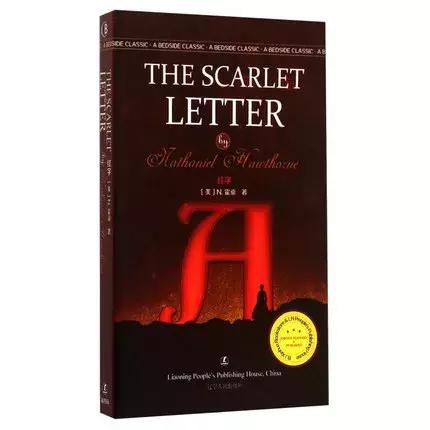
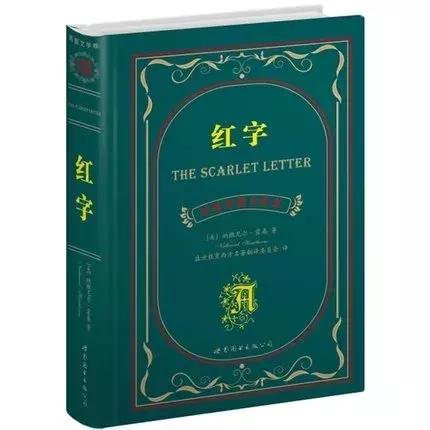
8
The Scarlet Letter
by Nathaniel Hawthorne
(1850)
《红字》
Hawthorne’s transcendentalist novel explores the notions of justice and revenge rooted in America’s theocratic past. He contrasts the honor of a fallen woman, Hester Prynne, with the sadistic manipulations of her cuckold husband, who exacts his own rough justice that proves far more demeaning than the emblem of adultery she is forced to wear.
Note: Hawthorne, a close friend of President Franklin Pierce’s, descended from a New England family that participated in the Salem witch trials.
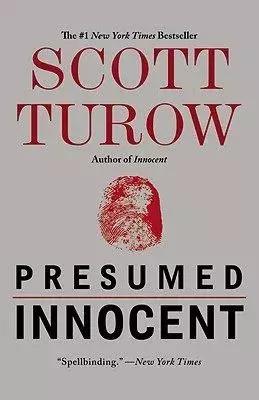
7
Presumed Innocent
by Scott Turow
(1987)
《无罪的罪人》
Turow’s first novel, about a state prosecutor accused of murdering his colleague/mistress, helped establish the legal thriller as a literary genre. Sure, there’s plenty of political intrigue, legal maneuvering and a genuinely unexpected payoff at the end. But between the covers Turow commits an act of literature: jumbling good with bad, juggling wrong with right, and bleeding the insider’s knowledge that the law can be as much about politics as justice.
Note: Alejandro ―Sandy‖ Stern, though a subordinate character, is every bit as charismatic and honorable as Atticus Finch. He even wins the case.


6
Billy Budd
by Herman Melville
(1924)
《水手比利巴德》
Melville wrote what many consider the greatest American novel, Moby Dick, so why not one of the great legal novelse?
Billy Budd is a model sailor aboard the HMS Bellipotent, a British warship. Budd is well-liked and respected, especially by the ship’s captain, Edward Fairfax Vere, so he is slow to recognize that he has run afoul of the ship’s master-at-arms, John Claggart. When Claggart falsely accuses him of mutiny, Budd strikes him with such force that Claggart dies. Tried at sea, Budd is condemned to hang after Capt. Vere expresses the need to place the rule of law above his affection for Budd. Convinced of the captain’s argument, Budd dies happily ever after.
Note: Billy Budd, a novella, was published from an unfinished manuscript more than 30 years after Melville’s death.
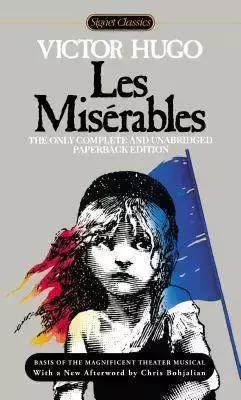
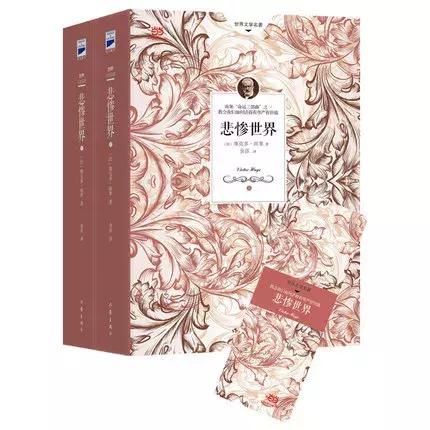
5
Les Miserables
by Victor Hugo
(1862)
《悲惨世界》
No need to recount in detail the particulars of this epic tale of twisted justice about a peasant condemned to prison for stealing a loaf of bread. This Hugo masterwork is on most short lists for the greatest novels of all time. His savage view of contemporary French society was not well-received by contemporary critics but proved wildly popular all over Europe. The work has endured as a classic, if sentimental, work of art. Note: The popular TV series The Fugitive was inspired, in part, by Les Miserables. The dogged hunt for Richard Kimble by Lt. Philip Gerard was a purposeful nod to Inspector Javert’s similarly obsessive pursuit of Jean Valjean.
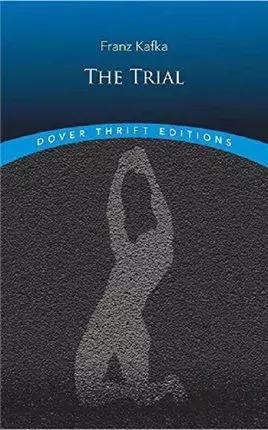
4
The Trial
by Franz Kafka
(1925)
《审判》
Joseph K. is an innocuous bank assessor accused of an unspecified crime. Attempting to find a just resolution for the accusations against him—or even the nature of the accusations against him—he finds only fruitless confrontation with a dead-end bureaucracy that places form over substance in the most literal fashion imaginable. The irony of The Trial is the Kafkaesque reality that there is no trial, no justice, no end but an inevitable death.
Note: The Trial was essentially an unfinished novel, published as Der Prozess shortly after Kafka’s death.
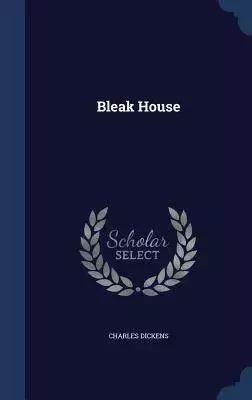
3
Bleak House
by Charles Dickens
(1852)
《荒凉山庄》
In the forefront of this Dickens classic is the story of Esther Summerson, who lives at Bleak House oblivious to the fact that she is the illegitimate child of Lady Dedlock. There is a murder, of course, and Lady Dedlock is suspected. But lawyers are not attracted to Bleak House for the whodunit. What they love is Dickens’ ongoing account of Jarndyce v. Jarndyce, an estate case that drags from generation to generation until the money runs out. Dickens hits a nerve in his classic description of the underlying cynicism that too often drives litigation.
Note: Dickens based Jarndyce v. Jarndyce, at least the cynicism behind it, on his own litigation against publishers who turned out unauthorized copies of his immensely popular A Christmas Carol.
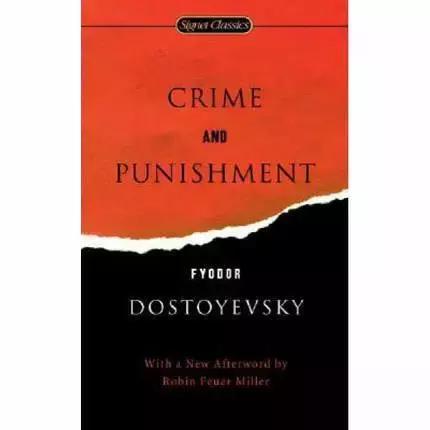
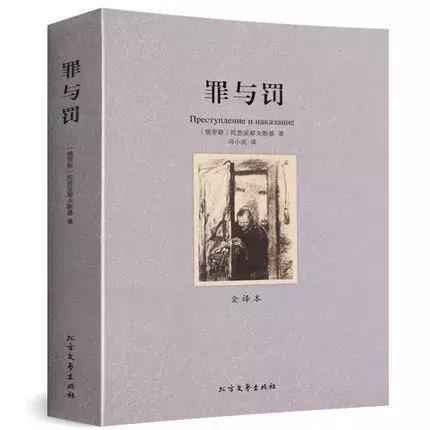
2
Crime and Punishment
by Fyodor Dostoevsky
(1866)
《罪与罚》
Unlike Joseph K.—the tortured protagonist of The Trial—Dostoevsky’s Rodion Raskolnikov has actually committed a crime. He has murdered an elderly pawnbroker as part of a premeditated murder/robbery during which he kills the pawnbroker’s sister as well. At first delusional, even grandiose, about the nature of his crime, Raskolnikov finds himself unable to bear the psychological burden of guilt. His elaborate plan for the money he’s stolen is undermined by the steady intrusion of shame. This is one of the great works of modern literature that presumes the psychological foundation of moral behavior, and examines the palliative nature of guilt.
Note: Dostoevsky based Raskolnikov’s ultimate banishment to a prison camp in Siberia on his own experiences as a political dissident.
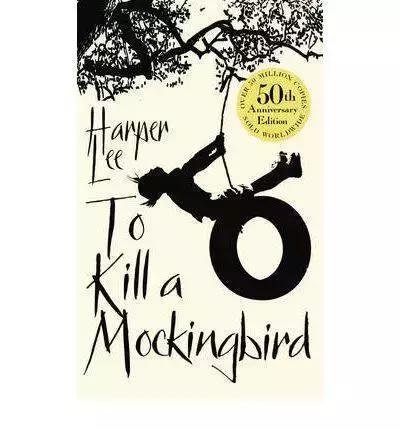
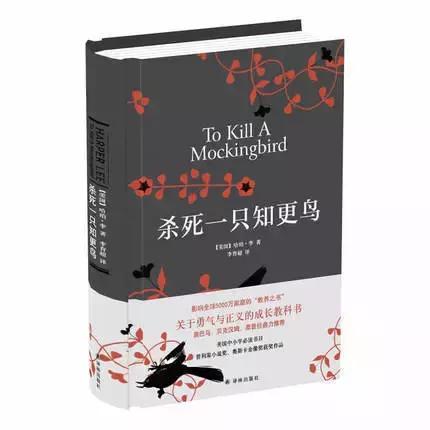
1
To Kill A Mockingbird
by Harper Lee
(1960)
《杀死一只知更鸟》
Seriously, are you surprised? This most beloved of law novels features Atticus Finch—a lawyer who loses his biggest case, has his kids call him by his first name and struggles with the notion of turning one of them over to the local sheriff. And yet, since its introduction to the decade of the ’60s, this classic Depression-era bildungsroman has been the inspiration for tens of thousands of law school applications and, among practicing lawyers, more than a little reflective glory.
Atticus is more than a lawyer. He’s won both the Pulitzer Prize and an Academy Award. He was voted the greatest American film hero by the American Film Institute. He forever resembles Gregory Peck. He holds such a firm imprint on American culture that even lawyers discuss him as though he were real.








